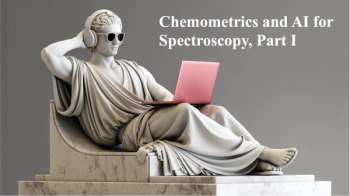
Analysis of Stainless Steel by Dual View Inductively Coupled Plasma Spectrometry
This application note will demonstrate the ability of High Dispersion ICP-OES in the determination of alloying elements in stainless steels. The dual viewing capability will be used to determine the high concentration elements on the radial view while the axial view will determine the lower concentration, such as phosphorus (P) and sulfur (S). Stainless steels are a corrosion resistant family of iron alloys. The corrosion resistance is due to the formation of a passive chromium (III) oxide (Cr2O3) layer on the surface of the steel. If this layer is damaged by cutting, scratching or abrasion, it will regenerate, provided sufficient oxygen is available, preventing corrosion. Stainless steels have poor corrosion resistance in low oxygen environments since the oxide layer cannot be repaired quickly enough.
Newsletter
Get essential updates on the latest spectroscopy technologies, regulatory standards, and best practices—subscribe today to Spectroscopy.




